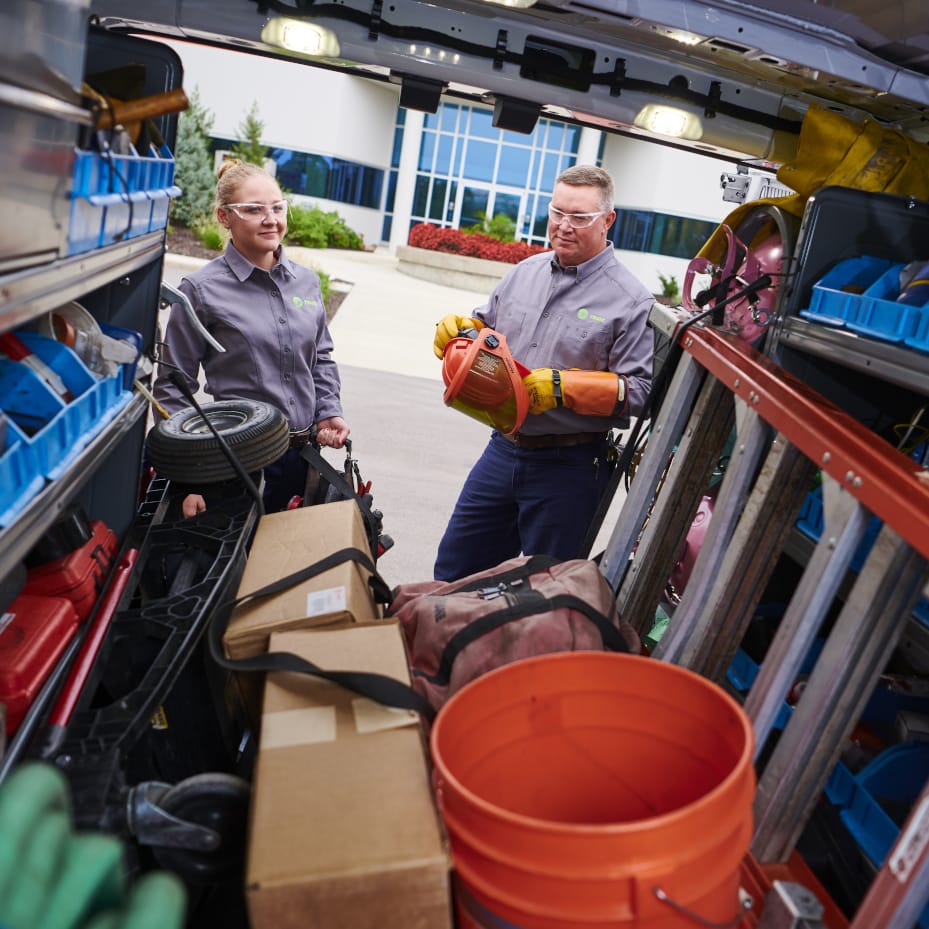Comfort vs. Precision Cooling
October 07, 2019

Data centers and computer rooms are being built everywhere to accommodate the rapidly increasing demand for data processing. Too often, systems that are designed to manage human comfort are being applied to data centers, and they simply aren’t up to the task. Using a comfort system where precision cooling is required inevitably results in unplanned downtime, excessively high energy costs, and diminished ROI due to shortened equipment life.
Data centers are mission critical and energy intensive. It’s critical to get climate control right, starting by recognizing that comfort cooling and precision cooling are fundamentally different.
Comfort cooling systems are designed to manage temperature and humidity for human comfort. Comparatively, comfort cooling systems are designed to offset lower density heat loads; the heat that’s generated by people, lighting and office equipment. When people aren’t present, systems can be dialed down to reduce energy use and cost.
Data centers require 24/7 precision cooling to offset the higher density heat loads that are produced by IT equipment. Computer room air conditioners and other solutions are specifically designed to maintain the server and switch gear inlet temperature and moisture content. They have variable operating capacity that closely matches cooling to the IT load, while simultaneously maintaining the moisture content using dehumidifiers or humidification.
Comfort cooling systems are designed for seasonal hours of operation. As defined by ANSI/AHRI 2 10/240 – 2008, that’s typically 8 hours a day for 125 days a year, for a total of 1000 hours of operation annually though many operate for much longer. In contrast, precision cooling systems are engineered for 24 hour a day, 365-day operation. They must be robust enough to provide reliable, mission critical cooling for 8700 hours a year.
ASHRAE 90.1-2010 was the first iteration of this standard that defined an energy efficiency metric specific to computer room cooling equipment in the United States: the Sensible Co-efficient of Performance (SCOP), which is defined in ASHRAE 127-2007 (Method of Testing for Rating Computer and Data Processing Room Unitary Air Conditioners). Units not rated for SCOP are not intended for use in computer rooms or data centers.
Data centers and computer rooms consume huge amounts of energy, and precision cooling system designers have invested heavily into research and development to create the most energy efficient equipment for this application.
Here’s the bottom line: Only systems that are specifically designed to meet the precision cooling requirements of data center and computer rooms can deliver the optimal conditions for reliable IT system performance over the long term, while optimizing energy use and cost.
































































































